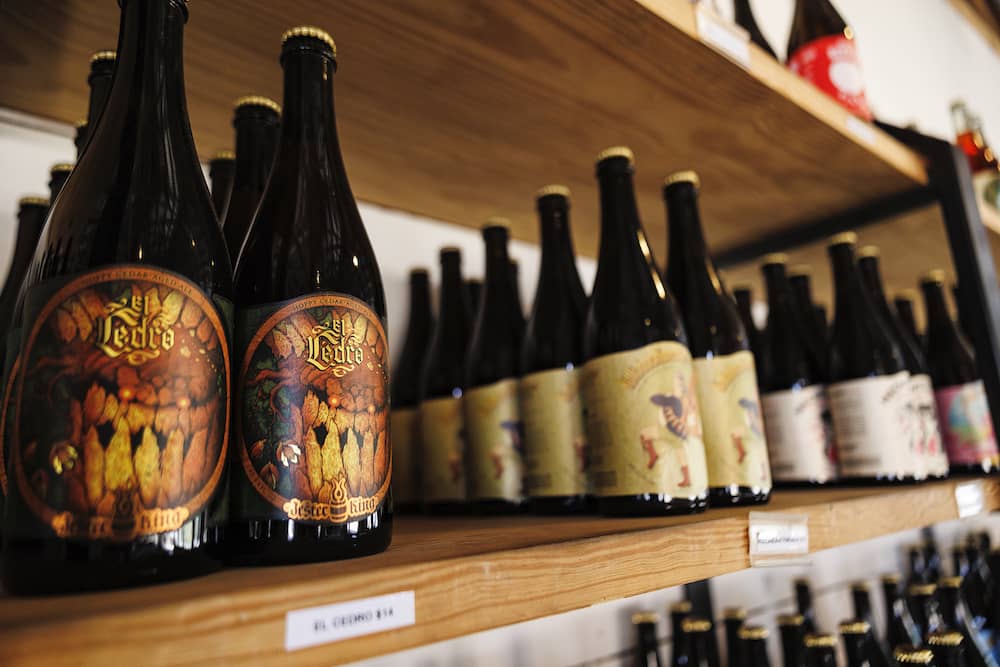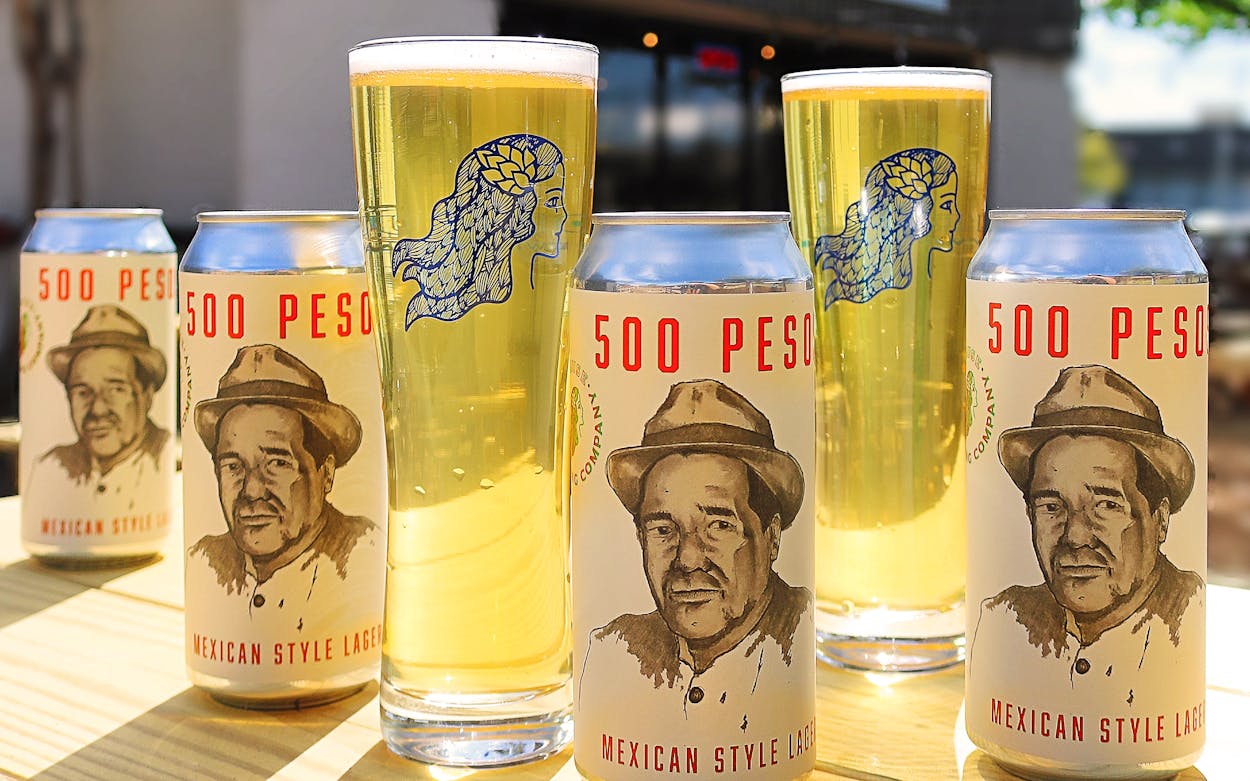Distillery Characteristics Introduced: a Trip Via the Science and Art of Spirits Production
As the drapes are withdrawed on the detailed globe of distillery dynamics, an interesting world emerges where science and art assemble to create the spirits we relish. Behind the shut doors of distilleries lie keys waiting to be unraveled, from the precise chemistry of purification to the fragile dancing of yeast in fermentation. The marriage of practice and development in spirits manufacturing unveils a tapestry woven with threads of workmanship and technological improvements. Join us on a trip via the heart of distillation, where each drop of spirit narrates of know-how and interest, promising a deeper understanding of the alchemy that transforms grains and fruits into the liquid gold we raise in a toast.
The Chemistry of Purification
The chemistry of purification, a fundamental procedure in the manufacturing of spirits, entails the separation of elements based upon their different boiling points. This process relies upon the concept that each part in a liquid mix has a special boiling point, enabling their individual removal. When warmth is used to the mix, the element with the most affordable boiling factor will certainly evaporate initially, increasing with the still and at some point condensing back into liquid kind. This distilled fluid, referred to as the "heart cut," has the wanted alcohol content and flavor substances.
Throughout purification, three primary fractions are obtained: the "heads," which contain unpredictable compounds and greater alcohols that can be unsafe if eaten in large amounts; the "hearts," the treasured section with the preferred ethanol and taste account; and the "tails," which include larger compounds and fusel alcohols. Proficient distillers should thoroughly monitor the temperature level and circulation prices to separate these portions effectively, making sure a top quality end product. The chemistry of distillation is a delicate interaction of warm, evaporation, and condensation that transforms a basic liquid blend right into a complex and fine-tuned spirit.
Artisanal Workmanship in Spirits Making
Amidst the world of spirits manufacturing, artisanal craftsmanship plays an essential function in elevating the top quality and character of distilled beverages (Distillery in Galveston). Artisanal craft distillers concentrate on small, hands-on manufacturing approaches, typically making use of conventional methods that have actually been given through generations. These devoted craftsmen and ladies prioritize quality over amount, paying thorough attention to every step of the distillation process
Artisanal craftsmanship in spirits making includes a deep understanding of the raw products utilized, such as grains, fruits, or botanicals, and exactly how their attributes affect the end product. From choosing the finest components to very carefully checking distillation, aging, and fermentation, craftsmens instill their spirits with interest and know-how.
Furthermore, artisanal craft distillers frequently embrace experimentation and advancement, pushing the limits of conventional spirits manufacturing. They might present distinct flavor profiles by incorporating in your area sourced ingredients or making use of imaginative aging strategies. This commitment to creative thinking and quality outcomes in spirits that are not only of phenomenal high quality however also display the creativity and originality of the distiller.
Technologies in Aging Methods

One famous innovation gaining traction is making use of smaller sized barrels for maturing spirits. By increasing the surface area area-to-volume proportion, smaller barrels impart tastes a lot more swiftly, bring about a much more intense growth process. This strategy is particularly prominent amongst craft distillers seeking to generate high-grade spirits in a much shorter timeframe.
In addition, distillers are progressively transforming to different timber kinds, such as cherry or acacia, to impart unique flavors to their aged spirits. These unusual woods use an one-of-a-kind flavor account, setting their products apart in an open market.
In addition, advancements in innovation have actually enabled distillers to explore increased maturing methods, such as ultrasound or temperature level and pressure variations. These techniques enable precise control over the aging procedure, causing innovative taste profiles that push the limits of useful content traditional spirits production.

The Duty of Yeast in Fermentation
A necessary element of the fermentation procedure in distilling is the role played by yeast. Yeast, a single-celled bacterium, is essential in transforming sugars into alcohol and co2 throughout fermentation. In the context of distilling spirits, yeast plays an essential role in the manufacturing of ethanol, which is the primary alcohol in many liquors.
Yeast achieves this through the procedure of anaerobic respiration, where it metabolizes sugars such find out here now as glucose and fructose into ethanol and co2. Different pressures of yeast can impart special tastes and scents to the final spirit, adding to the complexity and personality of the distilled item. Distillers meticulously choose yeast pressures based on their wanted flavor profile and fermentation features.
The fermentation process can last anywhere from a few days to a couple of weeks, depending upon variables such as yeast sugar, stress, and temperature level material. Surveillance and regulating the fermentation process are important to ensure optimum yeast activity and alcohol production. In general, yeast is a basic gamer in the alchemical makeover of raw components right into the perky potions appreciated by customers worldwide.
Sustainable Practices in Distilleries
In the modern-day distilling sector, applying lasting techniques has become a pressing priority for distilleries seeking to decrease their environmental impact and guarantee lasting viability. Distilleries are progressively acknowledging the significance of adopting environment-friendly actions throughout the manufacturing procedure. One essential facet of sustainability in distilleries is water conservation. Distilleries require significant quantities of water for numerous phases of production, and applying water recycling systems or utilizing rainwater harvesting strategies can dramatically lower water use and decrease the distillery's total environmental footprint.
Distilleries are exploring ingenious methods to repurpose byproducts such as invested grains or purification residues, turning waste into sources through methods like animal feed production or composting. By welcoming sustainable visit the website practices, distilleries can not only minimize their ecological impact but likewise charm to eco conscious consumers and add to a more sustainable future for the market.
Verdict
Finally, the intricate dynamics of distillery operations include a combination of scientific concepts and imaginative workmanship. From the chemistry of purification to the duty of yeast in fermentation, distilleries are regularly introducing and trying out to develop top notch spirits. By including lasting techniques and accepting brand-new aging techniques, distilleries are forming the future of the sector. The blend of practice and innovation in spirits manufacturing highlights the intricacy and imagination involved in this old craft.
As the curtains are drawn back on the intricate globe of distillery dynamics, a remarkable world arises where science and art assemble to develop the spirits we savor.The chemistry of purification, a basic process in the production of spirits, involves the separation of parts based on their different boiling factors.Furthermore, artisanal craft distillers frequently accept experimentation and advancement, pushing the borders of standard spirits production. In the context of distilling spirits, yeast plays a crucial function in the production of ethanol, which is the primary alcohol in the majority of alcoholic beverages.
From the chemistry of purification to the duty of yeast in fermentation, distilleries are frequently innovating and trying out to create top notch spirits.